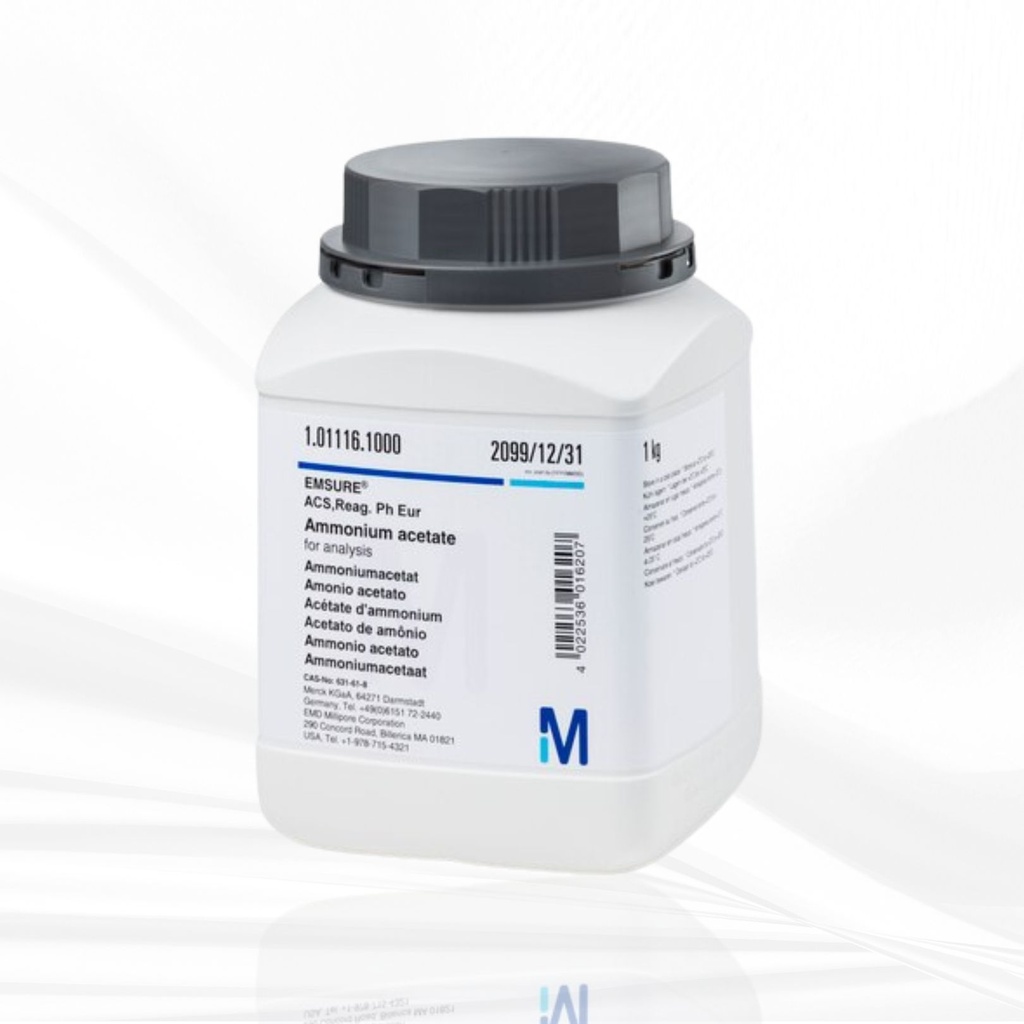Application
- Development
of Low Sodium Table Butter via Partial Replacement of Sodium Chloride with
Potassium Chloride.: This study explores reducing sodium content in
table butter by substituting sodium chloride with potassium chloride. The
findings are significant for chemists focused on food chemistry and the
development of healthier food products with acceptable sensory
characteristics (Biointerface
Research in Applied Chemistry, 2020).
Analysis Note
Assay (argentometric): ≥ 99.5 %
Assay (argentometric; calculated on dried substance): 99.0 - 100.5 %
Identity: passes test
Appearance of solution: passes test
Acidity or alkalinity: passes test
pH-value (5 %; water): 5.0 - 8.0
Insoluble matter: ≤ 0.005 %
Bromide (Br): ≤ 0.005 %
Chlorate and Nitrate (as NO₃): ≤ 0.003 %
Hexacyanoferrate II: ≤ 0.0001 %
Ferrocyanides: passes test
Iodide (I):
≤ 0.001 %
: passes test
Nitrite (NO₂): passes test
Phosphate (PO₄): ≤ 0.0005 %
Sulfate (SO₄): ≤ 0.001 %
Total nitrogen (N): ≤ 0.0005 %
Heavy metals (as Pb): ≤ 0.0005 %
Heavy metals (ACS): ≤ 0.0005 %
As (Arsenic): ≤ 0.00004 %
Ba (Barium):
passes test
: ≤ 0.001 %
Ca (Calcium): ≤ 0.002 %
Cu (Copper): ≤ 0.0002 %
Fe (Iron): ≤ 0.0001 %
K (Potassium): ≤ 0.005 %
Mg (Magnesium): ≤ 0.001 %
Calcium, Magnesium and R₂O₃-precipitate: ≤ 0.005 %
Magnesium and alkaline-earth metals (as Ca): ≤ 0.0100 %
Loss on drying (105 °C, 2 h): ≤ 0.5 %
Corresponds to ACS,ISO,Reag. Ph Eur
Legal Information
EMSURE is a registered trademark of Merck KGaA, Darmstadt,
Germany




